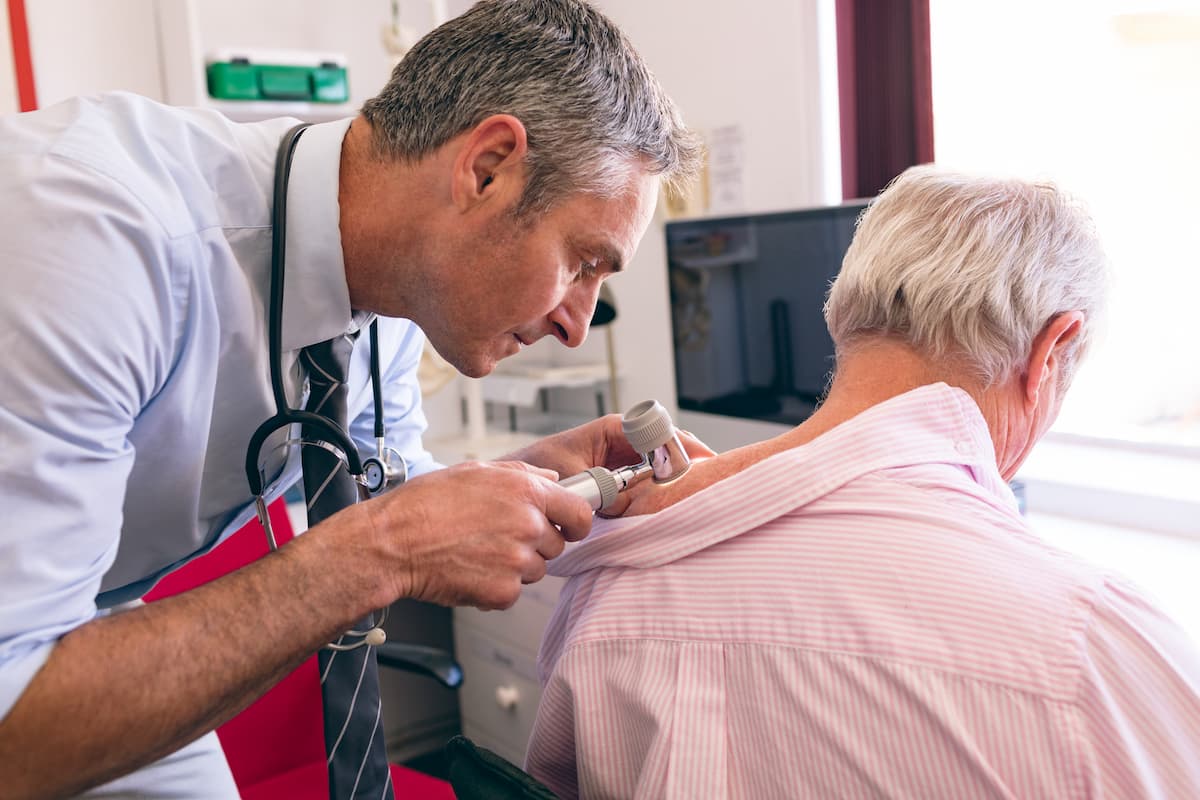Article
Oncology Roundup: Conference Presentations Illustrate Impact of New Cancer Therapies
Author(s):
Three recent conferences yielded new data on which treatment therapies are providing substantial benefits to patients and which ones are demonstrating more lackluster results.
Findings presented at 3 recent oncology conferences gave insight into which emerging treatment regimens are showing successful results or are having a more mild impact on several forms of cancer.
5-Year Data for Adding Dexamethasone to Rd Therapy for MM
Five-year follow-up data from the phase 3 MAIA trial showed strong support for the addition of daratumumab (Darzalex) to Rd combination therapy (lenalidomide [Revlimid] and dexamethasone), reducing mortality risks by 32% compared with Rd alone in patients with multiple myeloma (MM), according to a report from Cancer Network.
The updated data encourages the use of D-Rd (daratumumab, lenalidomide, and dexamethasone) therapy as a new standard of care for patients with newly diagnosed MM who are ineligible for transplant surgery.
The results, which were presented at the European Hematology Association 2021 Virtual Congress, demonstrated an estimated 5-year overall survival rate of 66.3% in the group treated with D-Rd therapy compared with 53.1% in the Rd-treated group (HR, 0.68; 95% CI, 0.53-0.86; P = .0013).
In the D-Rd treatment arm, the significant progression-free survival (PFS) compared with the Rd arm was maintained, reducing the risk for disease progression or death by 47%. The estimated 5-year PFS rate was 52.5% in the D-Rd group and 28.7% in the Rd group (HR, 0.53; 95% CI, 0.43-0.66; P < .0001). No new safety signals were identified throughout continuous D-Rd therapy and follow-up.
Combination Therapy Produces Mild Benefit
Results from a phase 2 clinical trial presented at the 2021 American Society of Clinical Oncology Annual Meeting demonstrated minor anti-tumor activity for a combination therapy consisting of regorafenib (Stivarga) and avelumab (Bavencio) in patients with advanced, heavily pretreated biliary tract solid tumors.
In addition, the study demonstrated that benefits from the combination were more likely to be seen in certain subgroups of patients, suggesting that more research is needed for those populations, according to a report from Cure.
The REGOMUNE study treated 33 patients, all of whom were evaluated for safety and 29 were evaluated for effectiveness at attacking their cancer. No patients achieved a complete response, and a partial response was seen in 13.8% of patients. Stable disease was achieved in 37.9% of patients. Disease progression was observed in 48.3% of patients.
All patients experienced at least 1 side effect, with 85% experiencing a severe side effect and 18% of patients discontinued the intervention due to side effects. Additionally, side effects caused another 18% of patients to withdraw from regorafenib and another 3% to withdraw from avelumab.
Iomab-B Radiotherapy Improves Potential for BMT for R/R AML
Findings from the phase 3 SIERRA trial presented during the 2021 Society of Nuclear Medicine and Molecular Imaging Annual Meeting demonstrated a 100% bone marrow transplant (BMT) and engraftment rate for iodoine apamistamab (Iomab-B) radiotherapy in patients with relapsed/refractory acute myeloid leukemia compared with 18% for patients receiving conventional treatment.
The results were from the first 75% of patients enrolled in the trial. The data also showed the 79% of all enrolled patients, who were generally aged 55 or older and not eligible for BMT with standard methods, became eligible for BMT after receiving Iomab-B therapy, according to a report from OncLive.
In the intent-to-treat group, 88% (n = 49/56) of patients on Iomab-B received transplants vs 18% (n = 10/57) of patients receiving conventional therapy who achieved a complete response and received standard BMT and 64% of patients randomized to conventional therapy and switched to receive Iomab-B with hematopoietic cell transplant (HCT; n = 37/47).
Patients receiving Iomab-B had a median of 14 days until receiving absolute neutrophil engraftment compared with 17 days for the conventional treatment arm. The median number of days to platelet engraftment and HCT post-randomization was 18 and 30 for Iomab-B-recipients vs 22 and 67 days for patients receiving conventional treatment, respectively.
Non-relapsed transplant-related mortality was reported in 4% (n = 2/45 evaluable) of patients treated with Iomab-B compared with 20% (n = 2/10 evaluable) of patients receiving conventional therapy.





